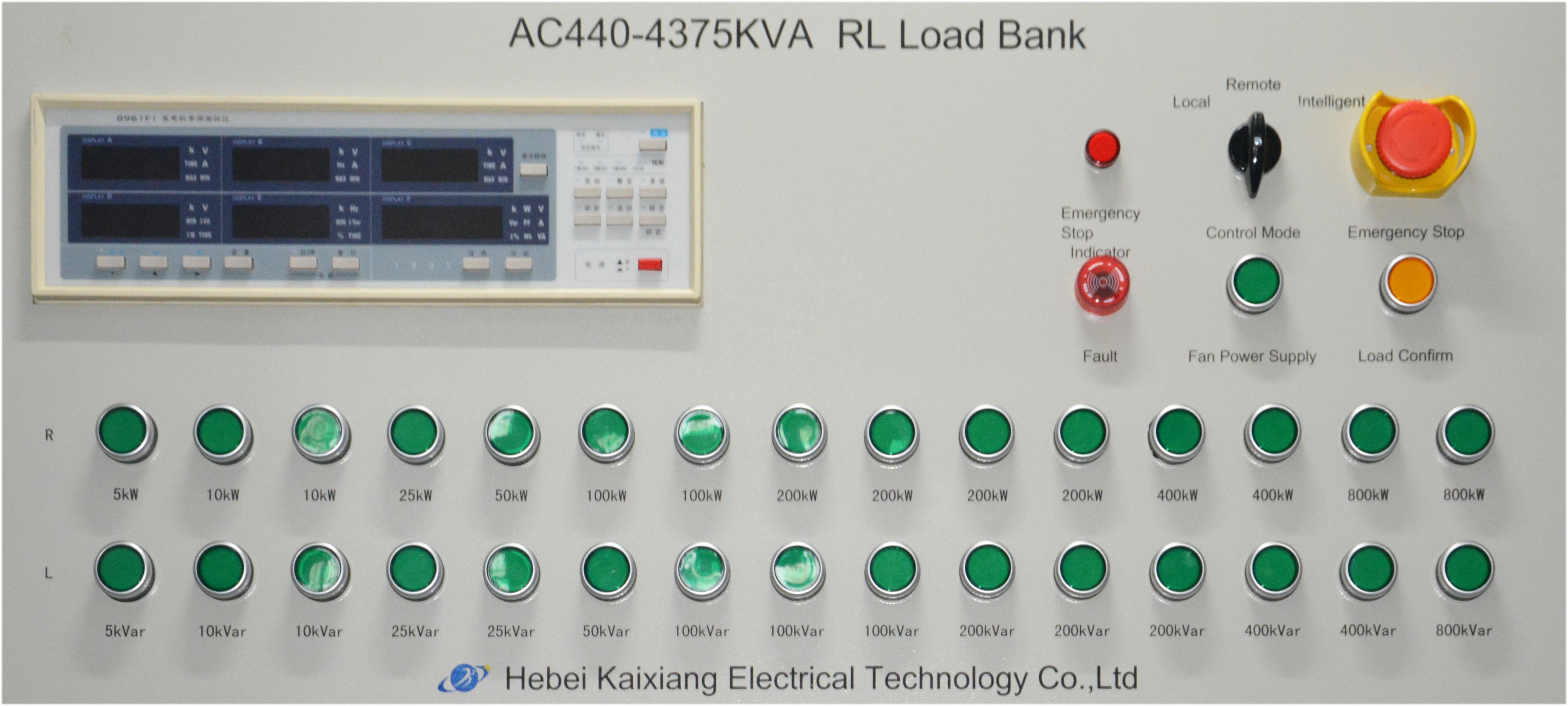Load Bank Testing Mitigates Standby Generation Failure

One set 440V 4375KVA Resistive Inductive
Load Bank under production for one Singapore customer in 2016.
Companies, and particularly data centers, need a continuous supply of power from electrical supply networks. Losing power can be disastrous. Unfortunately, electrical supply networks do sometimes fail, so companies need a secure, alternative supply of power. The most practical alternative is to have standby or fully-redundant power supplies in place.
These back-up power supplies normally come in the form of batteries or generating-sets – usually a combination of the two. For example, in a bank, one would typically find a battery that can supply uninterruptible power, and that would instantly take over if the electricity supply from the grid failed. Once the battery had done the job of managing the immediate problem, a diesel generator would normally take over the medium-term supply of power. These generators can only run as long as they have fuel, so supplying enough fuel to run the generators for an extended period is a basic requirement.
Also, the generator itself needs to work properly. To ensure that it does, one should have the
generator tested regularly. The price of doing so is trivial compared with the cost of the
generator failing when it is needed. Unfortunately, many companies still do not conduct regular or effective testing.
This
article explains why regular
load bank testing, in particular, should be a crucial part of any company’s standby strategy. It also explains how load banks can be most effectively installed and used.

